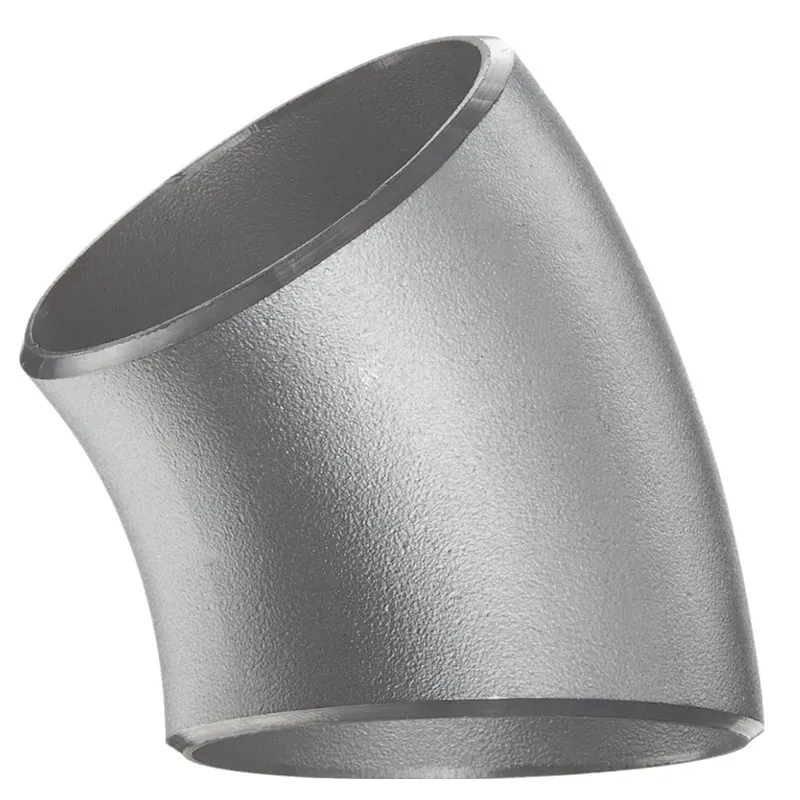-
Cangzhou Yulong Steel Co., Ltd.
-
Phone:
+86 13303177267 -
Email:
admin@ylsteelfittings.com
- English
- Arabic
- Italian
- Spanish
- Portuguese
- German
- kazakh
- Persian
- Greek
- French
- Russian
- Polish
- Thai
- Indonesian
- Vietnamese
- Zulu
- Korean
- Uzbek
- Hindi
- Serbian
- Malay
- Ukrainian
- Gujarati
- Haitian Creole
- hausa
- hawaiian
- Hebrew
- Miao
- Hungarian
- Icelandic
- igbo
- irish
- Japanese
- Javanese
- Kannada
- Khmer
- Rwandese
- Afrikaans
- Albanian
- Amharic
- Armenian
- Azerbaijani
- Basque
- Belarusian
- Bengali
- Bosnian
- Bulgarian
- Catalan
- Cebuano
- China
- China (Taiwan)
- Corsican
- Croatian
- Czech
- Danish
- Esperanto
- Estonian
- Finnish
- Frisian
- Galician
- Georgian
- Kurdish
- Kyrgyz
- Lao
- Latin
- Latvian
- Lithuanian
- Luxembourgish
- Macedonian
- Malgashi
- Malayalam
- Maltese
- Maori
- Marathi
- Mongolian
- Myanmar
- Nepali
- Norwegian
- Norwegian
- Occitan
- Pashto
- Dutch
- Punjabi
- Romanian
- Samoan
- Scottish Gaelic
- Sesotho
- Shona
- Sindhi
- Sinhala
- Slovak
- Slovenian
- Somali
- Sundanese
- Swahili
- Swedish
- Tagalog
- Tajik
- Tamil
- Tatar
- Telugu
- Turkish
- Turkmen
- Urdu
- Uighur
- Welsh
- Bantu
- Yiddish
- Yoruba

ធ្នូ . 26, 2024 08:31 Back to list
Understanding the Function and Importance of Cross Drainage Pipes in Civil Engineering
Understanding Cross Drain Pipes Functionality and Importance
In modern civil engineering and infrastructure management, effective drainage systems play an essential role in maintaining the integrity of both urban and rural environments. Among the various components of these drainage systems, cross drain pipes are critical in managing surface water runoff, preventing erosion, and protecting roadways and agricultural lands from flooding. This article delves into the functionality, design, and importance of cross drain pipes, exploring their role in sustainable water management.
What are Cross Drain Pipes?
Cross drain pipes are specially designed conduits that allow water to flow beneath roadways, railways, or other structures. They are typically installed perpendicular to the direction of surface water flow, effectively intercepting and redirecting water away from vulnerable areas. This design is crucial in mitigating the impact of heavy rainfall or snowmelt, ensuring that roads, fields, and habitats are not adversely affected by excess water accumulation.
Functionality
The primary function of cross drain pipes is to manage water flow and prevent flooding. When rainwater or melting snow accumulates, it can create puddles or even larger bodies of water on roads and agricultural fields. Cross drain pipes help to facilitate the movement of this water, directing it towards appropriate drainage systems, such as ditches, retention ponds, or stream outlets.
Moreover, these pipes contribute to the reduction of erosion. When water flows unchecked over soil or unprotected surfaces, it can lead to significant degradation of the landscape, washing away valuable topsoil and damaging vegetation. By effectively channeling water away, cross drain pipes help to maintain the integrity of the soil and promote sustainable land use practices.
Design Considerations
cross drain pipe

The design of cross drain pipes involves several important considerations to ensure optimal performance. Factors such as pipe diameter, material, slope, and placement are all critical in ensuring that the drainage system operates efficiently. For instance, larger diameters may be required in areas prone to heavy rainfall or where water flow is particularly strong.
Materials used for cross drain pipes vary widely, including concrete, PVC, and corrugated metal. Each material has its own set of advantages and disadvantages concerning durability, cost, and ease of installation. Engineers must assess the specific conditions of the site, including soil type and environmental factors, to select the most suitable material.
Environmental Impact and Sustainability
The importance of cross drain pipes extends beyond mere practicality; they also play a significant role in environmental sustainability. Properly designed and maintained drainage systems can help reduce the risk of pollution by preventing stormwater runoff from carrying contaminants into local water bodies. By intercepting and managing water before it flows into rivers and lakes, cross drain systems can help protect ecosystems and maintain water quality.
Moreover, as climate change leads to increasingly erratic weather patterns, the need for effective drainage solutions becomes even more pressing. Cross drain pipes can be a key component in adapting infrastructure to these changes, ensuring that communities are resilient in the face of environmental challenges.
Conclusion
In conclusion, cross drain pipes are indispensable elements of effective drainage systems, serving not only to manage water flow and prevent flooding but also to protect the environment. With careful design and consideration of site-specific factors, these pipes play a vital role in sustainable land use and infrastructure management. As urban and rural areas continue to develop, the importance of cross drain pipes will only grow, underscoring the need for ongoing innovation and best practices in drainage engineering. Maintaining and upgrading these systems will be crucial in ensuring safe, sustainable, and resilient communities for future generations.
Latest news
-
ANSI 150P SS304 SO FLANGE
NewsFeb.14,2025
-
ASTM A333GR6 STEEL PIPE
NewsJan.20,2025
-
ANSI B16.5 WELDING NECK FLANGE
NewsJan.15,2026
-
ANSI B16.5 SLIP-ON FLANGE
NewsApr.19,2024
-
SABS 1123 FLANGE
NewsJan.15,2025
-
DIN86044 PLATE FLANGE
NewsApr.19,2024
-
DIN2527 BLIND FLANGE
NewsApr.12,2024
-
JIS B2311 Butt-Welding Fittings LR/SR 45°/90° /180°Seamless/Weld
NewsApr.23,2024











